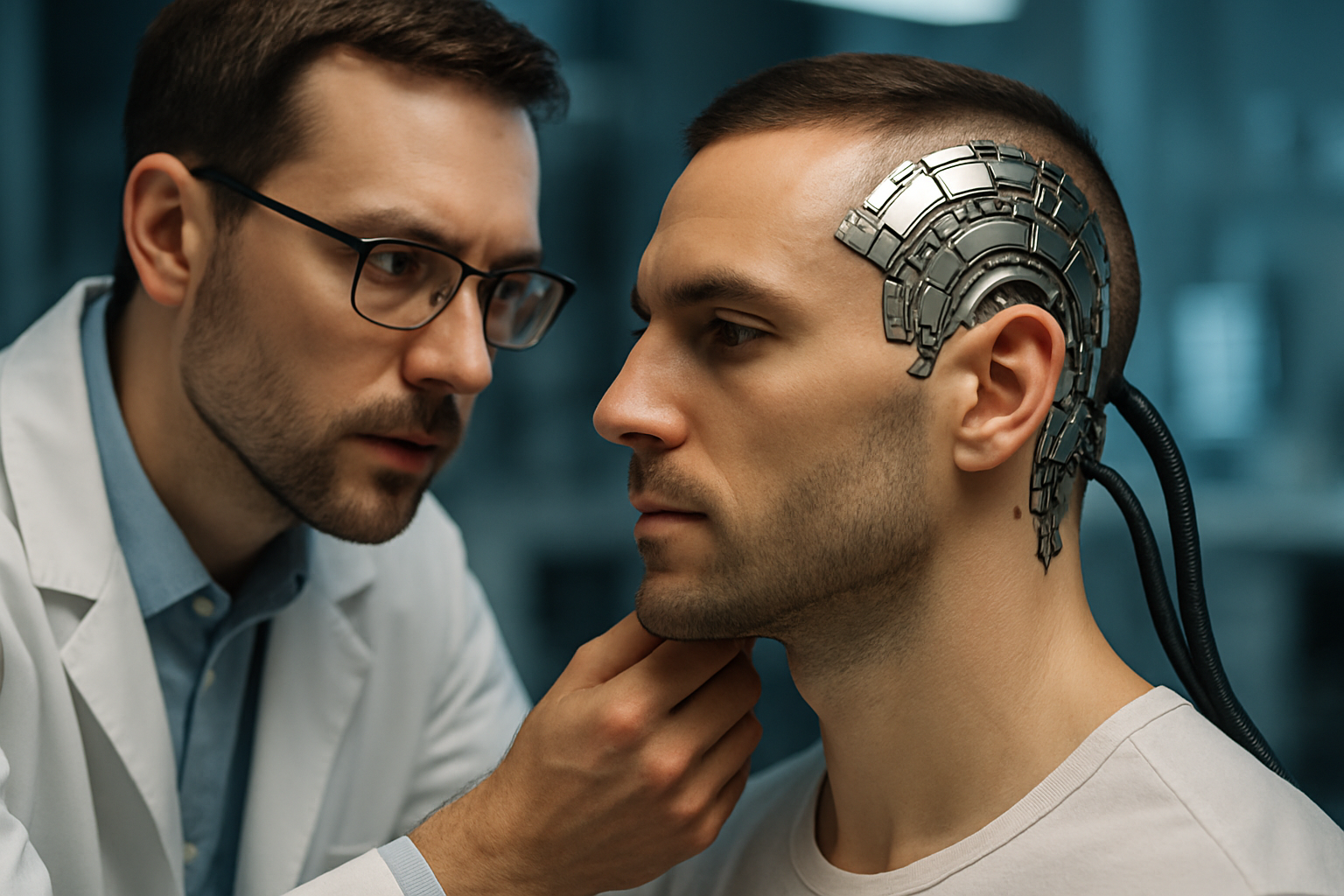Biomechanical Beautification: The Future of Aesthetic Enhancement
In a world where beauty and technology intertwine, a groundbreaking approach to aesthetic enhancement is emerging. Biomechanical beautification, a cutting-edge fusion of biology and engineering, promises to revolutionize the way we perceive and pursue physical perfection. This innovative field combines advanced materials science, biotechnology, and precision engineering to create subtle, yet transformative enhancements that work in harmony with the human body. As society grapples with the ethics and possibilities of human augmentation, biomechanical beautification stands at the forefront of a new era in cosmetic science, offering tantalizing glimpses into a future where the boundaries between natural and artificial beauty blur.

Early experiments focused on developing microscopic, programmable particles that could be injected into the skin to provide dynamic support and contouring. These “smart” particles responded to electrical signals, allowing users to adjust their appearance in real-time. While initially met with skepticism, these prototypes laid the foundation for more sophisticated biomechanical interventions.
Nanosculpting: Precision Beauty at the Cellular Level
One of the most promising areas of biomechanical beautification is nanosculpting, a technique that uses microscopic robots to reshape and enhance tissue at the cellular level. These nanobots, barely visible to the naked eye, can be programmed to target specific areas of the face or body, gently manipulating cells and extracellular matrix to achieve desired contours and textures.
Nanosculpting offers unprecedented precision in cosmetic procedures, allowing for subtle adjustments that were previously impossible. For example, practitioners can now fine-tune the symmetry of facial features or enhance muscle definition without the need for invasive surgery. The process is gradual and customizable, giving clients the ability to refine their appearance over time and adapt to changing aesthetic preferences.
Bioresponsive Implants: Adapting to Your Body’s Needs
Another exciting development in biomechanical beautification is the creation of bioresponsive implants. Unlike traditional cosmetic implants, which remain static after insertion, these advanced devices can adapt to the body’s changing needs and environmental conditions. Made from smart materials that respond to chemical and physical stimuli, bioresponsive implants can adjust their shape, size, and texture to maintain optimal aesthetic results.
For instance, facial implants equipped with pressure sensors can subtly expand or contract to compensate for natural aging processes, maintaining a youthful appearance without the need for repeated surgeries. Similarly, breast implants with temperature-sensitive polymers can adjust their firmness based on activity levels, providing enhanced comfort and a more natural feel.
Chromatophoric Skin Enhancements: A Living Canvas
Drawing inspiration from nature’s masters of camouflage, researchers have developed chromatophoric skin enhancements that allow for dynamic changes in skin color and pattern. This technology utilizes bioengineered melanocytes – the cells responsible for producing skin pigment – that can be controlled through external stimuli or the user’s own nervous system.
With chromatophoric enhancements, individuals can instantly adapt their skin tone to complement different outfits or lighting conditions. More advanced applications include the ability to display intricate, moving patterns on the skin, blurring the line between body art and biological function. This technology not only offers unprecedented aesthetic versatility but also has potential medical applications, such as masking skin conditions or regulating UV absorption.
The Synergy of Mind and Beauty: Neurocosmetology
As our understanding of the brain-body connection deepens, a new field called neurocosmetology is emerging at the intersection of neuroscience and aesthetic enhancement. This discipline explores how biomechanical beautification can be integrated with the nervous system to create a more holistic and responsive approach to personal appearance.
Neurocosmeticists are developing interfaces that allow users to control their biomechanical enhancements through thought alone. For example, facial muscles augmented with biocompatible fibers can be activated to express emotions more vividly or to maintain a desired expression effortlessly. This technology has profound implications for individuals with facial paralysis or those seeking to improve their nonverbal communication skills.
Ethical Considerations and Societal Impact
As biomechanical beautification moves from science fiction to reality, it raises important ethical questions about the nature of beauty, identity, and human enhancement. Critics argue that these technologies could exacerbate existing pressures to conform to unrealistic beauty standards, while proponents emphasize the potential for increased self-expression and bodily autonomy.
The accessibility and regulation of biomechanical beautification are also subjects of intense debate. As with any transformative technology, there are concerns about unequal access creating new forms of social stratification. Additionally, the long-term effects of these interventions on human health and biology remain uncertain, necessitating rigorous safety protocols and ongoing research.
Despite these challenges, the potential benefits of biomechanical beautification are undeniable. From boosting self-confidence to providing new avenues for artistic expression, these technologies promise to revolutionize our relationship with our bodies and redefine the boundaries of human aesthetics.
As we stand on the cusp of this new era, it is clear that biomechanical beautification will play a significant role in shaping the future of beauty and self-expression. By embracing the potential of these innovations while thoughtfully addressing their ethical implications, we can work towards a future where technology enhances not just our appearance, but our sense of self and connection to the world around us.





